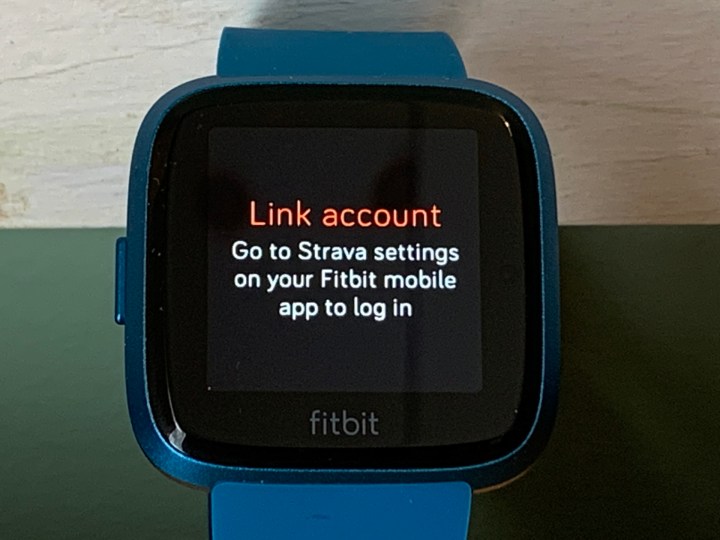Strava , a fitness-tracking app with social media-like features, recently updated to support Wear OS 3. While this sounds like good news at first, this change could be problematic for users whose wearables are running older Wear OS versions.
Strava has offered a stand-alone Wear OS app for five years now and currently has 76 million users. Nearly 1 million users join the platform every month to track running and cycling while sharing routes and progress with friends. In light of the latest updates from Strava, users will now have a huge choice to make.

Strava’s website suggests that users with devices running the older Wear OS versions will not receive the latest software updates. “As of August 2021, Strava will only support the Wear OS 3.0 application. Older devices using Wear 2.XX can continue to access the old Strava application but will no longer receive any future updates.”
So, Strava will remain functional on older devices, but users won’t be able to access new features and updates. This will leave users with outdated software and no option but to abandon the device for a new version.
Google has previously released a list of smartwatches that will be compatible with Wear OS 3 when it becomes more widely available in 2022. Currently, only the Samsung Galaxy Watch 4 and the Galaxy Watch 4 Classic support Wear OS 3. Even the Fossil Gen 6 lineup announced last week will only run Wear OS 2 late next year . Google revealed recently that its new apps for YouTube Music and Google Maps would be coming to Wear OS soon , but they wouldn’t be available for older devices. This means most users would either have to buy the Samsung Galaxy Watch 4 or the Galaxy Watch 4 Classic to enjoy these features this year.
Users willing to wait for a few more months may have more options to choose from as the TicWatch and the Fossil Gen 6 devices will be updated to Wear OS 3 through a hard reset, which unfortunately requires wiping your settings and data, though you should be able to restore them from a backup.
The good news is that apps like Spotify support offline listening for all Wear OS devices running Android 6 or above and iOS 12 or above, irrespective of the Wear OS version. The only problem? Apps like Strava and Google Play Music are cutting off support for older smartwatch users, while many smartwatch editions running Wear OS 3 will not be released at least until next year. This has the possibility of creating a weird limbo period, where efficient Wear OS 3 apps will flood the market but there will be very few devices to access them. It’s part of a larger problem with the Wear OS platform that’s going to need to be addressed.



